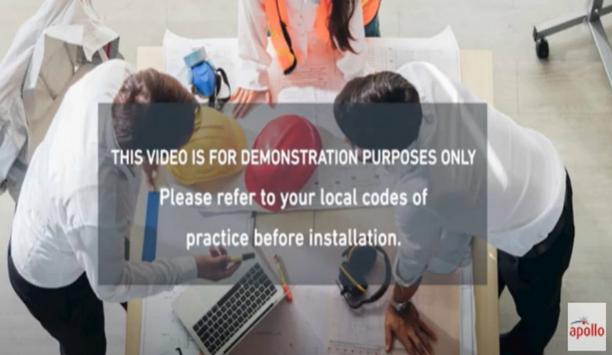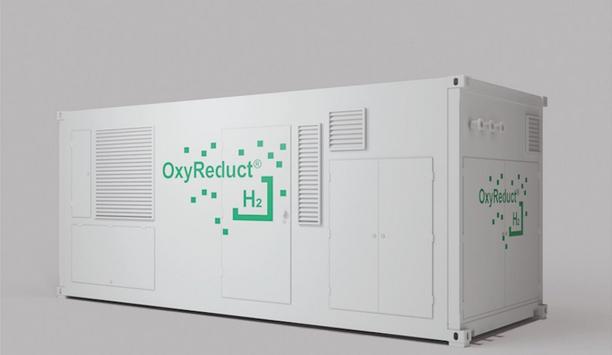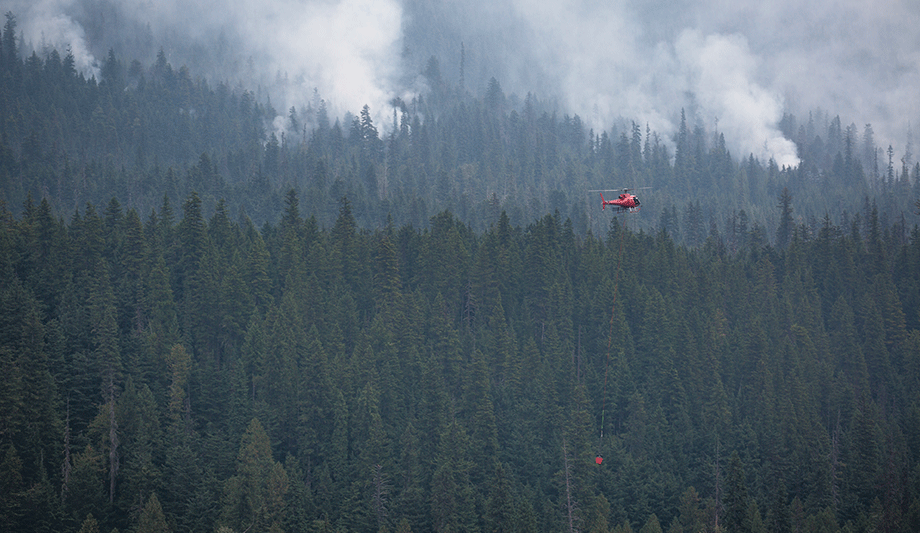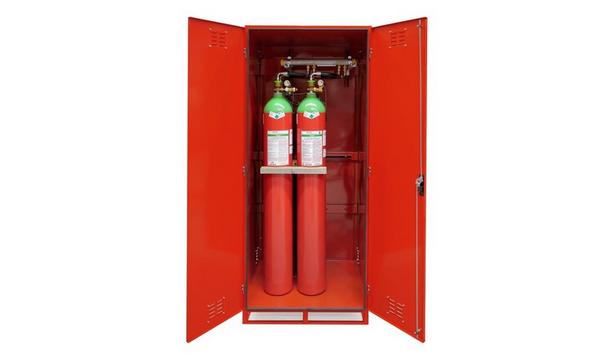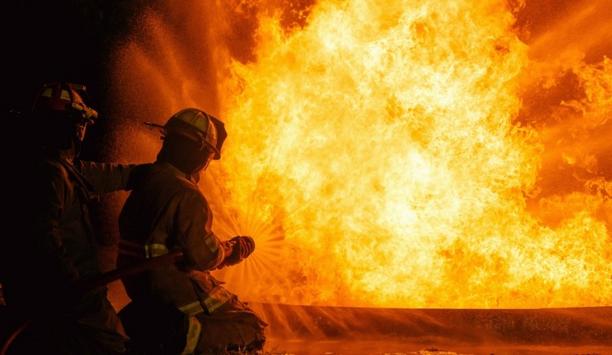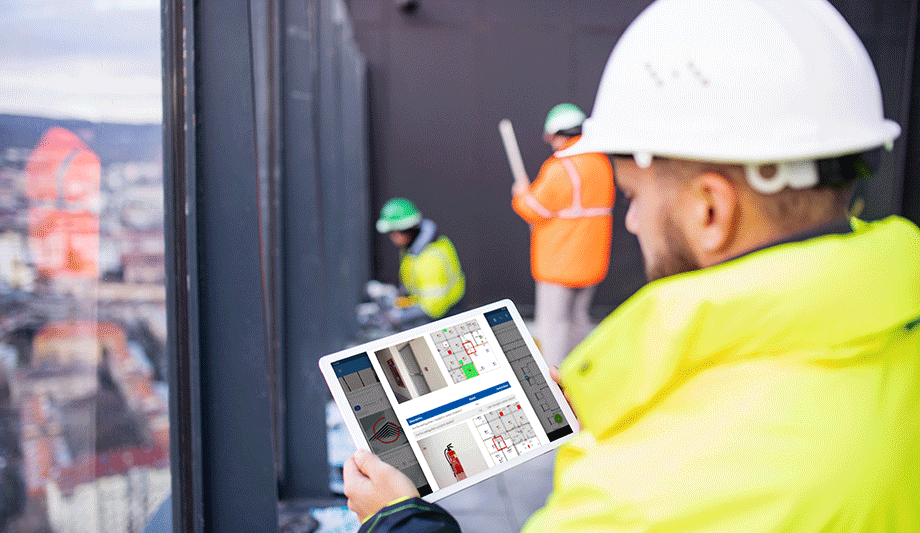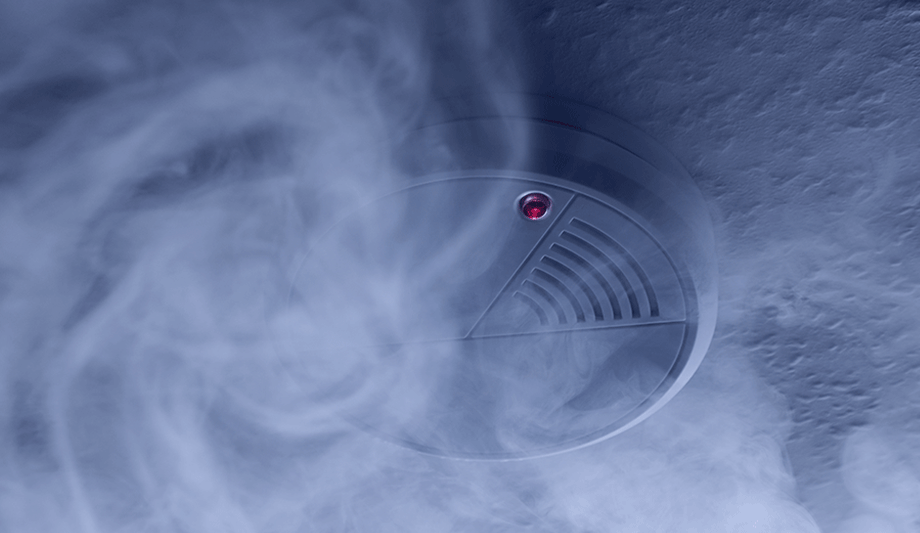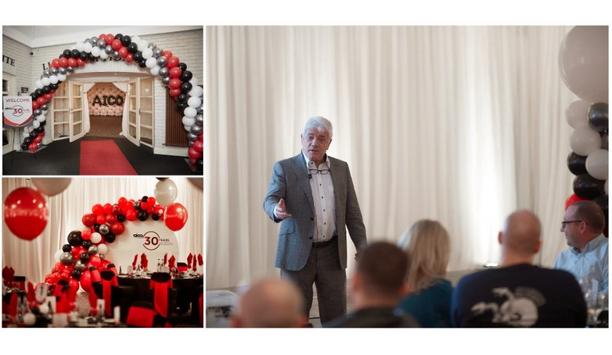Scientists from the Institute for Fire and Disaster Protection in Heyrothsberge near Magdeburg have proven in a recent study that dangerous carbon monoxide (CO) penetrates through walls without any problems.
As the researchers report in detail in an article in the magazine of the Association for the Promotion of German Fire Protection (vfdb) (issue 2/2020), various building materials were examined. A clear passage of CO gas was detected. The concentrations detected were relevant from a toxicological perspective.
CO warning devices
“The results of the investigation are a clear warning for both experts and end users,” says vfdb President - Dirk Aschenbrenner.
He adds, “For example, it is pointed out that emergency services who are not equipped with self-contained respiratory protection must wear CO warning devices at locations in buildings.” The study is also an indication for the population to install CO warning detectors in apartments.
Cause of CO increase
Severe CO poisoning has also been noticeable in shisha bars with inadequate ventilation
The causes of an increased CO concentration in the room can be technical defects, lack of maintenance, or manipulation of combustion systems. CO can also enter the room air through clogged chimneys and exhaust systems from gas boilers, oil heaters, or fireplaces.
In recent years, severe CO poisoning has also been noticeable in shisha bars with inadequate ventilation and, in increasing numbers, from charcoal grills, patio heaters, or gasoline-powered generators that are used in closed rooms.
“In Germany alone, around 650 people die of CO poisoning every year, over 3,500 cases are treated in hospitals every year and the number of unreported cases is high,” continued Dirk Aschenbrenner.
Study findings
The study explains that carbon monoxide molecules (CO molecules) have a diameter of 0.318 nanometers. This suggests that CO molecules may be able to penetrate solids, writes Dr. Sandra Wegner, research assistant and lead investigator on the project.
This would at least explain what was perceived in many missions involving CO poisoning: people with CO poisoning were found in rooms that were away from the CO source.
Gas spread
However, it has been assumed for some time that the gas molecules spread through buildings
So far, obvious causes such as doors, cable and pipe shafts, or defects in the building structure have been discussed again and again.
However, it has been assumed for some time that the gas molecules spread through buildings and also make their way through ceilings and walls. This assumption is supported by the results available.
CO risks
“The study provides us with an important impetus to further intensify our educational work,” says Anne Wentzel, Spokeswoman for the Initiative for the Prevention of Carbon Monoxide Poisoning (“CO Knocks Out”).
Anne Wentzel adds, “Incidentally, CO risks exist all year round, not just during the heating season,” explains Wentzel.
In summer, for example, the initiative urgently warns against using charcoal grills or patio heaters in closed rooms.
Symptoms of CO poisoning
“Carbon monoxide is a respiratory poison that is invisible, odorless, and tasteless and can only be detected with the help of technical sensors,” explains Dr. Hella Körner-Göbel from the Working Group of Emergency Doctors in North Rhine-Westphalia, adding “Affected people do not notice when they are inhaling carbon monoxide."
Dr. Hella Körner-Göbel continues, "The first symptoms of poisoning are nausea, dizziness, or headaches. Later, heart palpitations, impaired consciousness, and muscle weakness occur, which prevent those affected from leaving the room and getting to safety. According to the doctor, carbon monoxide poisoning can also have long-term health consequences such as disorders of the nervous system and even Parkinson's disease, and, depending on the degree of poisoning, can lead to death."




